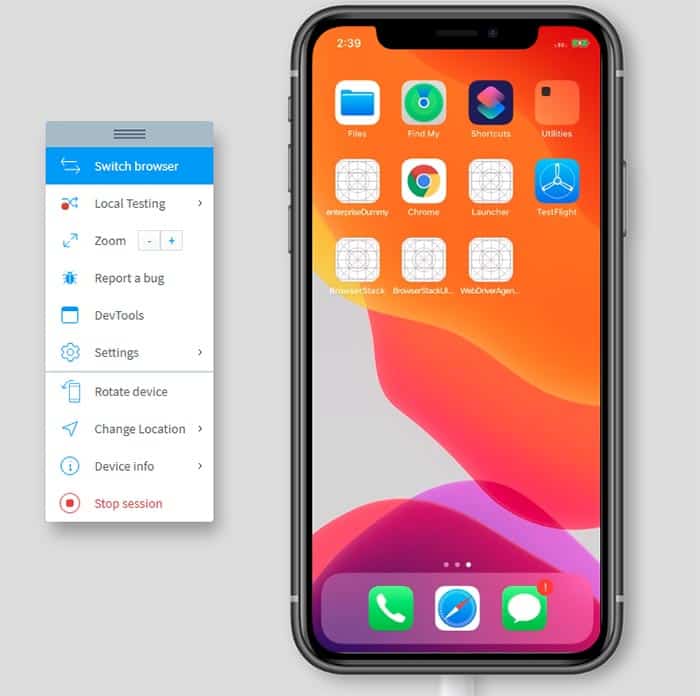
You should almost immediately see the website appear in Chrome under the Remote Target section:

Open Safari on your iOS device and browse to a website.On your iOS device, go to Settings > Safari > Advanced and enable Web Inspector. Enable web inspector on your iOS device.Then, make sure the target “localhost:9000” is in the list: Click “Configure” next to Discover network targets: Since we set the adapter to listen on port 9000, we need to add a network target. Open up the Chrome browser and browse to chrome://inspect/#devices.

Once it begins running, you will see the message remotedebug-ios-webkit-adapter is listening on port 9000 followed by iosAdapter.getTargets: I use the default Windows Firewall, so I got a dialog like this: Paste the following command into PowerShell: remotedebug_ios_webkit_adapter -port=9000 You will need to allow the plugin through your firewall as well.

Thankfully, this solution uses the Google Chrome browser on your PC and the built-in Chrome DevTools that you should already be used to, but the content is coming from the website in Safari on the iOS device.Īccording to what I’ve read online, it appears this solution only works with Windows 8 and up, so this may not work on Windows 7. Have you ever needed to debug a website (especially JavaScript or CSS) in Safari on an iOS device but didn’t have a Mac handy? I ran into this problem, and after hours of trying other ways to debug, I finally discovered a pretty easy way to load up a debug interface on my Windows 10 PC that displayed debug info about a website in Safari on an iPad Mini. Get two free stocks valued up to $1,850 when you open a new Webull investment account through my referral link and fund the account with at least $100!


 0 kommentar(er)
0 kommentar(er)
